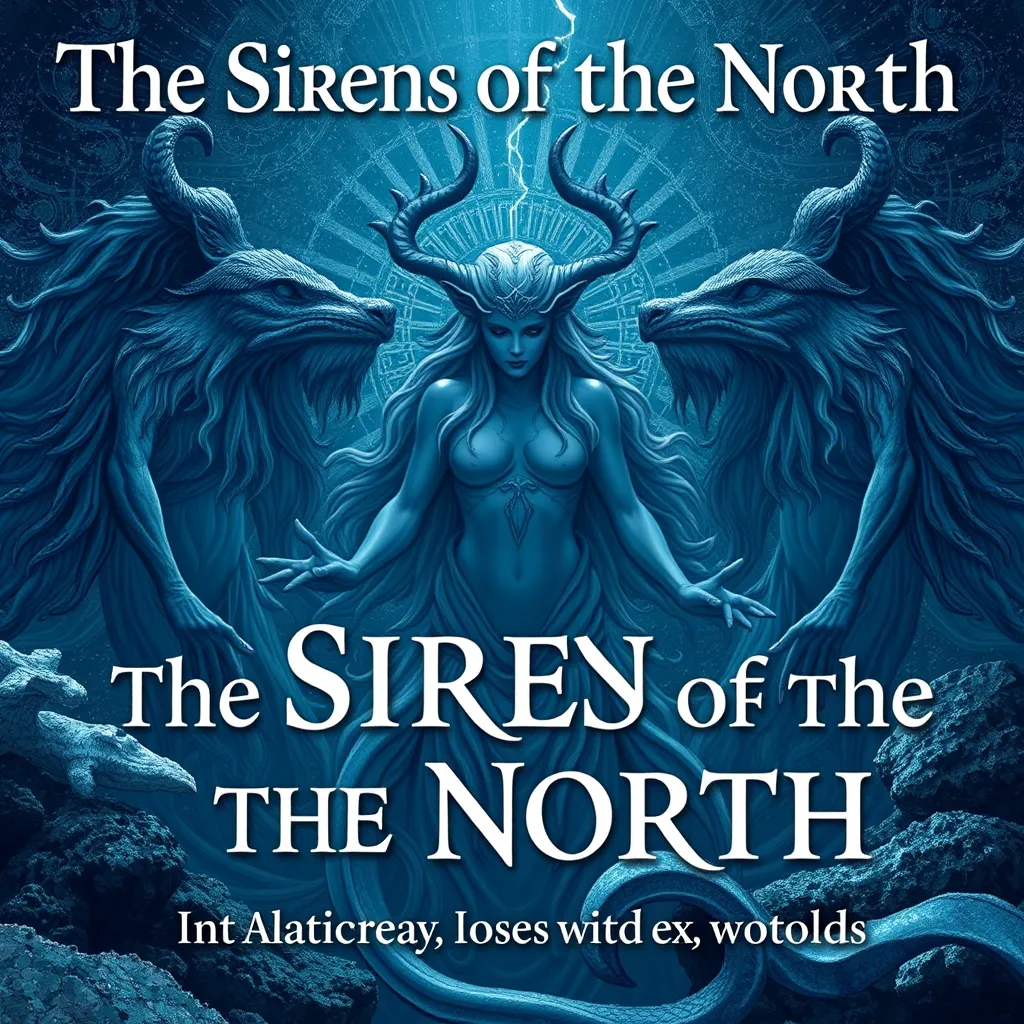The Giant of the African Savanna: A Kenyan Legend of the Ngombe
I. Introduction
The African savanna is a vast and diverse ecosystem, characterized by its grasslands, scattered trees, and an array of wildlife. This unique environment supports a delicate balance of flora and fauna, playing a crucial role in the ecological health of the continent. Within this rich tapestry of life, folklore has emerged as a vital means of understanding and preserving cultural heritage.
One such narrative is the legend of the Ngombe, a revered figure in Kenyan folklore. This tale transcends mere storytelling; it serves as a cultural touchstone that reflects the values and beliefs of various communities. Through the lens of the Ngombe, we gain insights into the relationship between people and nature, emphasizing the importance of preserving both folklore and the environment.
II. The Ngombe: A Symbol of Strength and Resilience
The Ngombe, often depicted as a colossal and majestic creature, embodies strength and resilience in the face of adversity. In the context of the legend, the Ngombe represents not only physical might but also wisdom and protection for the community.
- Size: The Ngombe is described as being larger than any other animal in the savanna, towering over its peers.
- Strength: Known for its incredible power, the Ngombe can overcome formidable challenges and defend its territory.
- Wisdom: The Ngombe is often portrayed as a sage, providing guidance to younger animals and humans alike.
In the ecosystem, the Ngombe plays a significant role. As a herbivore, it helps maintain the balance of vegetation, promoting diversity and ensuring the health of the savanna. Local communities regard the Ngombe as a protector of the land, with its presence symbolizing prosperity and stability.
III. Historical Context of the Ngombe Legend
The origins of the Ngombe tale can be traced back through generations of Kenyan culture. It has been passed down through oral traditions, with each storyteller adding their own unique spin to the narrative.
Oral tradition is a cornerstone of African storytelling, allowing stories to evolve while preserving the core messages. The Ngombe legend varies across different tribes, each community infusing their own cultural nuances and values into the tale. This diversity enriches the legend, making it a shared cultural treasure.
IV. The Ngombe’s Adventures in the Savanna
The adventures of the Ngombe are filled with key events that shape its character and the moral fabric of the legend. Some notable challenges faced by the Ngombe include:
- Confrontations with predators seeking to disrupt the harmony of the savanna.
- Helping other animals in distress, showcasing the Ngombe’s role as a protector.
- Overcoming environmental challenges, such as droughts or fires, which threaten the ecosystem.
The interactions with other animals, such as cunning foxes or wise elephants, highlight the collaborative spirit of the savanna. Through these experiences, the Ngombe teaches valuable lessons about teamwork, courage, and the importance of community.
V. The Ngombe as a Cultural Icon
The Ngombe has transcended its origins in folklore to become a prominent cultural icon in various forms of artistic expression. Representations of the Ngombe are found in:
- Art: Paintings and sculptures often depict the grandeur of the Ngombe, capturing its essence and significance.
- Music: Traditional songs and contemporary compositions celebrate the Ngombe, weaving its story into the fabric of Kenyan music.
- Literature: Books and poems explore the adventures of the Ngombe, making the legend accessible to younger generations.
In addition to artistic representations, the Ngombe plays a vital role in traditional ceremonies and rituals, symbolizing strength and community cohesion. Contemporary interpretations continue to evolve, ensuring that the legend remains relevant in modern society.
VI. Environmental Significance of the Ngombe
The Ngombe is not only a cultural symbol but also an essential component of the savanna’s biodiversity. Its presence contributes to:
- Biodiversity Maintenance: By grazing on certain plants, the Ngombe promotes the growth of a diverse array of species.
- Habitat Creation: The Ngombe’s movements help shape the landscape, creating habitats for other animals.
Conservation efforts inspired by the Ngombe legend emphasize the connection between cultural narratives and environmental stewardship. By fostering respect for the Ngombe, communities are encouraged to protect their natural resources and promote sustainable practices.
VII. Modern Relevance of the Ngombe Legend
In today’s Kenyan society, the Ngombe remains a powerful symbol in education and cultural discourse. The legend addresses contemporary issues such as:
- Wildlife Conservation: The Ngombe serves as a reminder of the importance of protecting wildlife and their habitats.
- Climate Change: Through its tales, the Ngombe illustrates the impact of environmental changes on the savanna ecosystem.
Passing down the Ngombe legend to future generations is crucial for instilling values of respect and responsibility towards both culture and nature. By doing so, communities can ensure the continuity of their heritage and the preservation of the savanna’s biodiversity.
VIII. Conclusion
The Ngombe stands as a significant figure in Kenyan folklore, intertwining cultural identity with ecological awareness. This legendary giant not only embodies the strength and resilience of the savanna but also serves as a vital link between people and their environment.
The enduring legacy of the Ngombe highlights the importance of folklore in shaping cultural narratives and promoting environmental stewardship. As we move forward, it is essential to preserve these stories and the wildlife they celebrate, ensuring that both the Ngombe and the African savanna thrive for generations to come.




